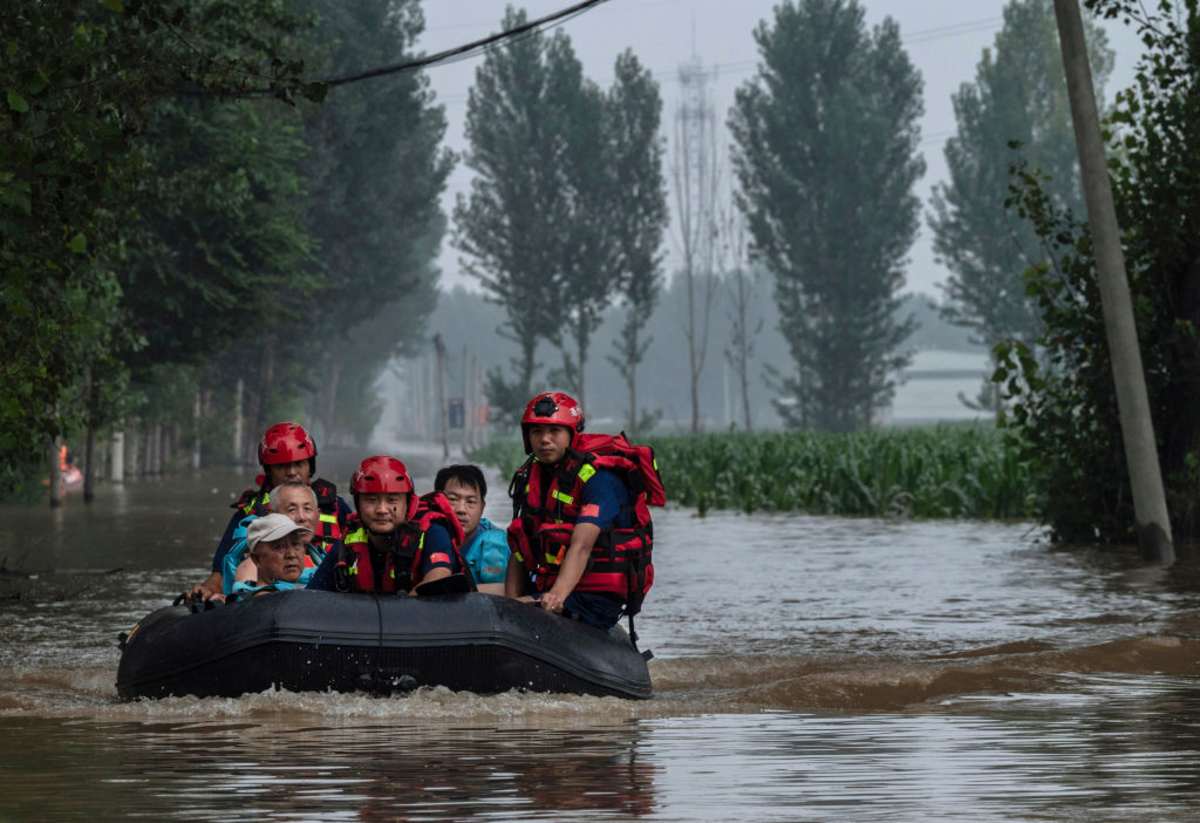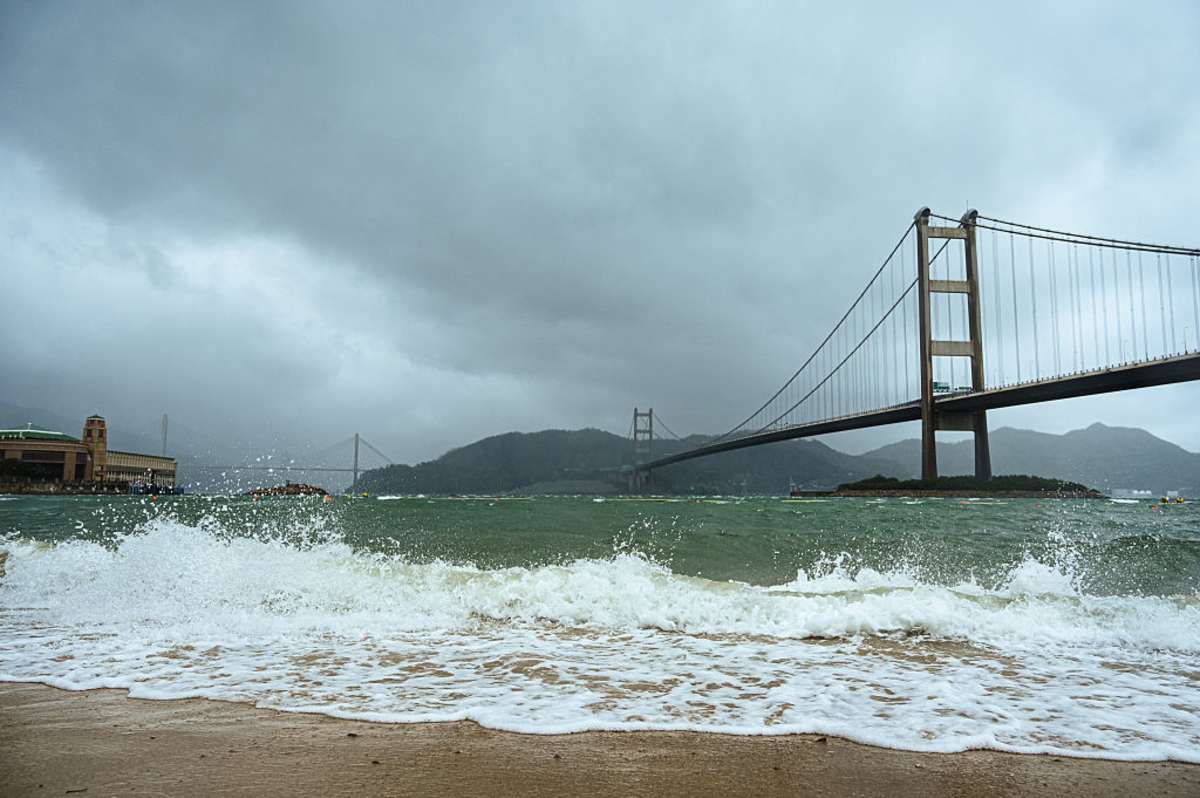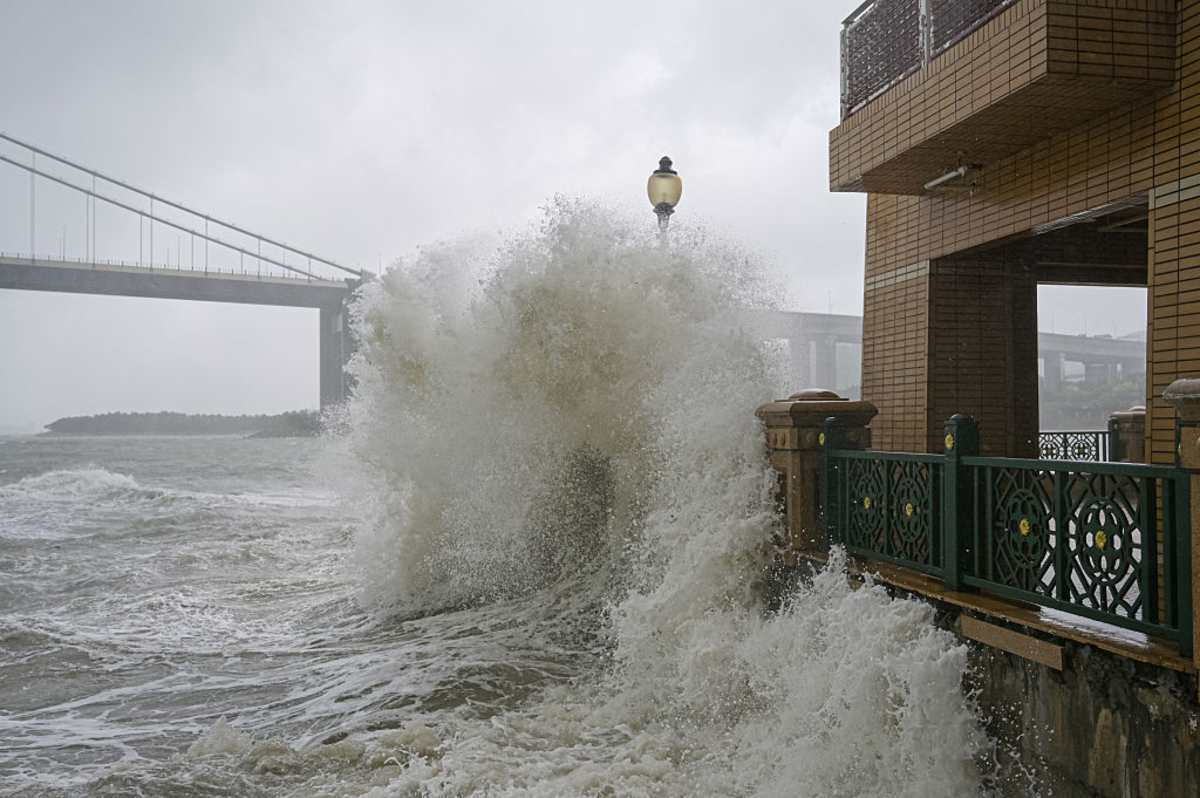China’s Coastal Cities Are Sinking — Experts Warn Sea Levels Rising Faster Than Ever in 4,000 Years

The past few months have revealed what happens when nature unleashes its raw fury in southern China, particularly the coastal areas. Roads and stairways have turned into channels of floodwaters. Cars, bikes, and scooters are now just toy boats left at the mercy of the outpouring deluge. Fierce gusts of wind slap away booths and vehicles, tossing them with a gigantic monster’s kick. Residents are sandbagging their entrances to defend their homes against the uncontrollable torrents. Those who dare to step out in the waist-deep waters to procure bread and rice for their families can’t even carry umbrellas. The umbrellas will get snatched away by the wind. As Unstoppable Weather, Global News, China Xinhua News, and other outlets reported, a cluster of unforeseen typhoons and rains has been whipping up the coasts of southern China into a glistening soup churning with fragments of infrastructure, vehicles, trees, and whatnot.

In September, Typhoon Ragasa battered another coastline and was recently followed by an even more aggressive Typhoon Matmo, whose ferocious gusts and torrential rains lashed the coastline of Vietnam, triggering devastation. Prompted by the dire circumstances, scientists from Rutgers University recently explored the factors behind the disaster episodes unfolding in southern China, in a study published in Nature.
The objective of this study was to investigate the coastal areas of China, particularly southeastern China, one of the most densely populated regions of China, cradling over 100 million residents. Although previous research has mapped the sea level budget of this region, it lacked a significant long-term assessment. This study, however, delved deep within the geodynamics of the region and discovered that southeastern megacities like Shanghai, Hangzhou, and Fuzhou are sinking by millimeters each year under the weight of their own expansion.

Typically, scientists quantify the physical mechanisms that drive the sea levels of a region to assess its sea level budget as well as the estimated sea level rise and fall. This enables to design of future projections of sea levels, suggests better strategies for coastal management, and improves human interactions with sea level change. The coastal region of southeastern China is one of the most vulnerable to the sea levels, which are rising faster than in the past 4000 years.

The study was conducted through a deep analysis of the environments in these regions that were anticipated to preserve long-term evidence of sea level change. It was like time-travelling to a library of geological backstories written in the currents, heights, patterns, and rhythms of waves. “Our analysis focuses on the past 5,000 years, a period when coastal environments stabilized and tidal ranges approximated present-day conditions,” researchers explained.

Several factors were taken into consideration for the analysis, apart from the sea level budget. These included gravity, sedimentary processes, plate tectonics, ocean dynamics, coral status, wind and rainfall patterns, current oscillations, pollen trails, shifting dunes, physiography of continental shelves, ice models, ocean load intrusion, landmass deformations, Earth’s rotations, and mangrove formations. Using all this data, they reconstructed the ocean changes, tracing them back from 11,700 years to the start of the Holocene epoch, which began after the last major ice age.
According to the team’s observations, the main culprit behind the alarmingly rising sea levels is a combination of persistent atmospheric and oceanic warming, triggered by anthropogenic forcing. Uncontrolled human activities, in simple terms. These activities have subtly intensified the glacial melt as well as oceanic thermal expansion, two of the major factors driving the sea level rise today.

Yucheng Lin, lead researcher and scientist at Australia’s national research agency, shared in a press release that, “The global mean sea-level rise rate since 1900 is the fastest rate over these last four millennia.” He noted that two main forces, including thermal expansion and melting glaciers, are driving this acceleration.
More on Green Matters
While The World Is Battling Rising Seas, Greenland Is Facing An Unusual Problem
Climate Change Caused By Humans Drives Its First Victim Into Extinction
Climate Change Is Sinking a Small Pacific Island, Leaving Its People With No Choice But To Flee